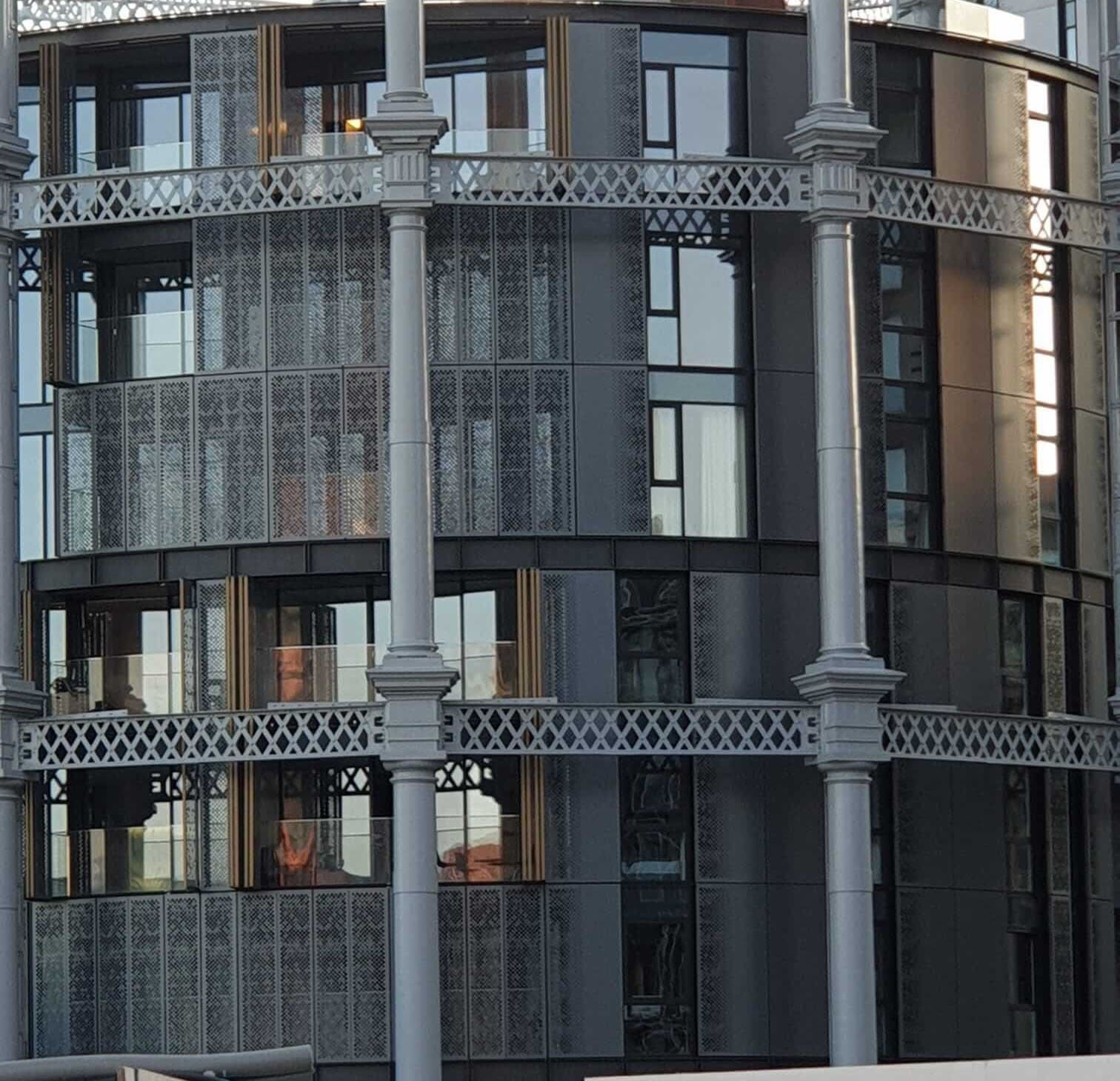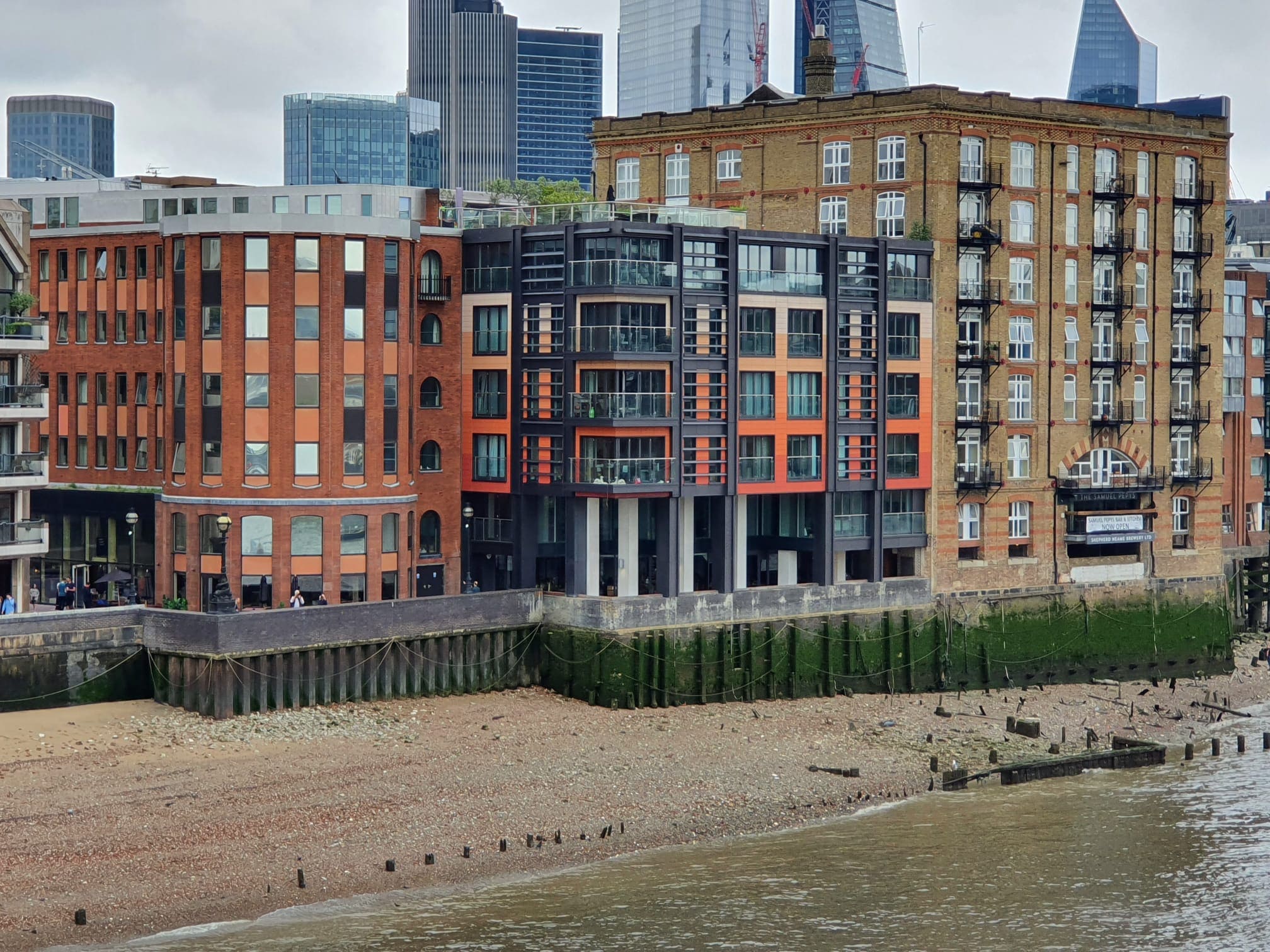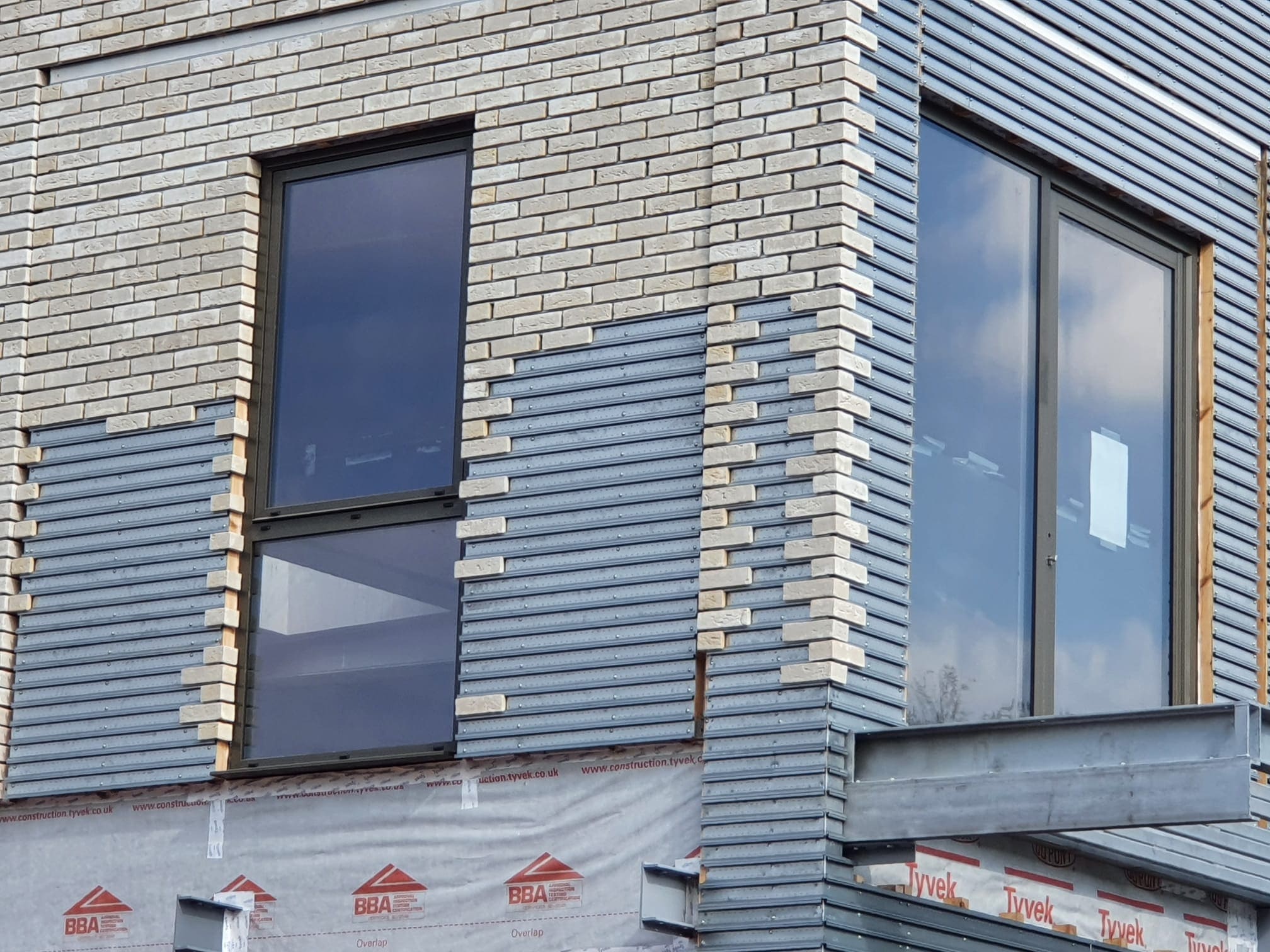19/06/2020
by: Mary-Anne Bowring/Property Week

Is £1bn Enough ?
Last week, housing secretary Robert Jenrick revealed the details of the £1bn fund to help remove and replace non-ACM cladding on high-rise residential buildings, in addition to an existing £600m ring-fenced for buildings clad in ACM, the material linked to the Grenfell Tower fire. Aimed in particular at private leaseholders facing huge remediation costs, the fund was largely welcomed by the property industry. However, questions have been raised about whether £1bn is enough to address the issue and whether the criteria are sufficiently comprehensive. With councils across the country tasked with compiling a register of buildings with materials that assist combustion, it is difficult to know the exact scale of the problem and therefore how much money is needed to resolve it.
Ringley Group founder and managing director Mary-Anne Bowring says the government will continue to throw out “sexy numbers” in Budgets in a bid to show it is serious about tackling the issue. “It’s highly likely that in next year’s Budget comes another new number, and it will continue until the problem is resolved,” she says. “£1bn is enough to make people think that’s a lot of money [and that] it looks serious.
“But you and I on the street can’t really extrapolate from that whether that’s two buildings or 100 buildings.” Fire insurance expert Tom Roche of FM Global adds: “The government’s economic assessment suggests that for a typical building, the cost of the work is around £6m. You don’t have to rack that number up too quickly to work out how many buildings that might actually cover to get to £1bn.” Height focus Another area where the fund is seen as falling short is that it focuses only on residential buildings of 18m or higher. “If you were in a building with combustible materials that is three storeys high and it’s on fire, it’s no less dangerous. What if it’s a 17m building?” asks one senior industry source.
“I think that’s going to be an interesting one to watch play out. Why should the government help people pay to stay safe at 18m and not at 15m?” Height should certainly not be the only factor, says Roche, who argues that buildings should be considered for funding according to their value to communities and the way they’re used. “Rather than it being a number, we have to look at how we’re using that building,” he elaborates. “I can understand why the priority is on high-rise residential, but the same people who built those were building different types of buildings too. “Some of these buildings are more important to us than we are treating them as. We’re still losing industrial properties to fires, but they’re critical to our nation. Why do we allow that to happen? We can’t afford to assume that we’re done.”
https://www.propertyweek.com/residential-and-development/cladding-fund-may-fall-short-of-remediation-needs-say-critics/5108240.article
 1715
1715












Keep up to date
(Weekly, fortnightly or monthly)
To find out more what we do with your data, please read our Privacy Policy

 0
0













